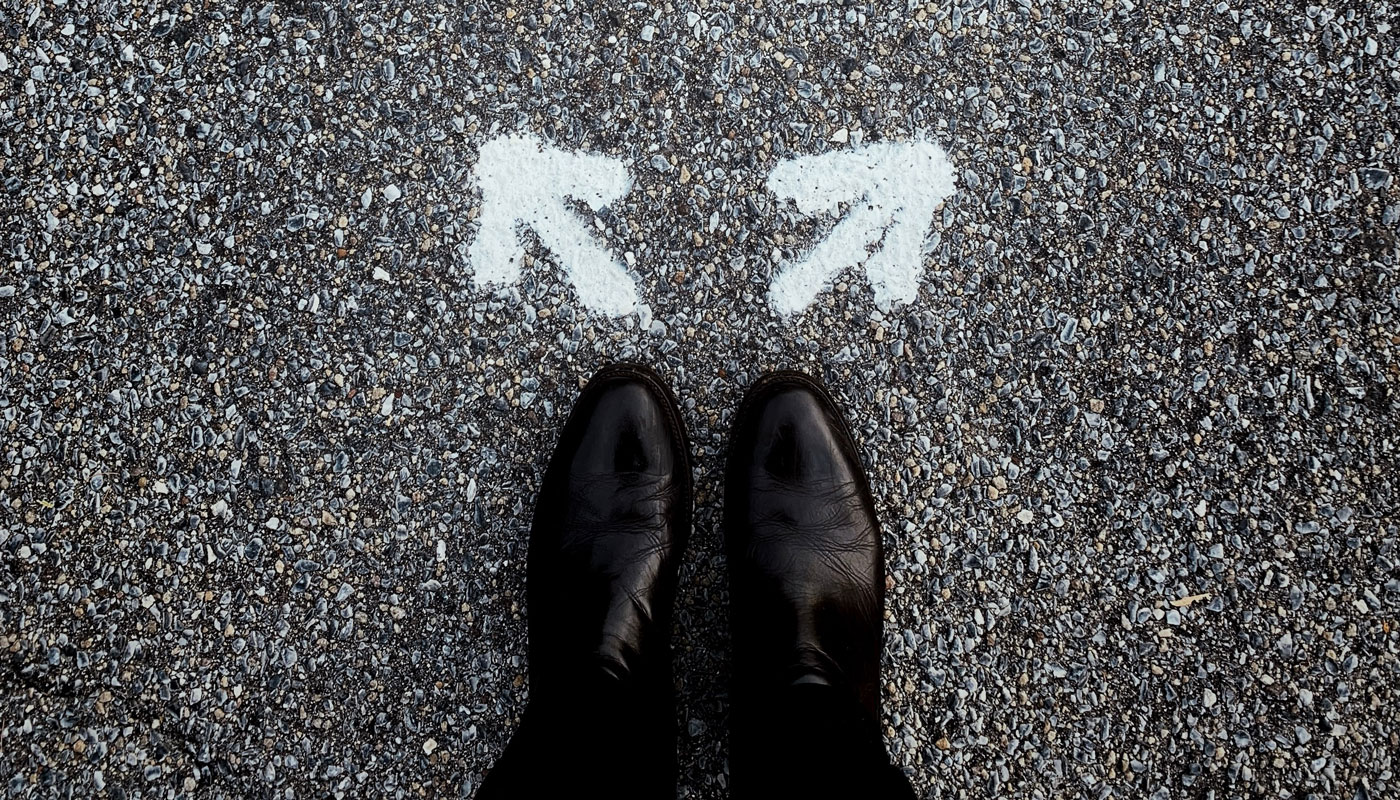We are irrational decision makers
How understanding availability bias can help us communicate more successfully with our clients and customers.
I am the first to put my hand up and say I am not skilled in always making rational decisions. I am married to an engineer and I think that often highlights just how irrational I can be when considering my options.
Learning more about availability bias has helped me realise that it’s a very natural process for many humans and it effects us all. It is especially interesting when we consider how understanding this part of psychology can help us better communicate with our core customers or target audience in our businesses.
What is availability bias or availability heuristic?
“An unrecognized tendency of decision-makers to give preference to recent information, vivid images that evoke emotions, and specific acts and behaviors that they personally observed.” source
People are able to recall information easily when thinking about a particular topic. If they have had a personal experience, or it has a vivid narrative associated with it, this evokes a more emotional response and sticks in the memory. In many cases this memory distorts the actual comprehension and assessment of real risks or benefits.
A current example is the novel coronavirus (COVID-19). Here is Australia, we are already selling out of toilet paper in all the supermarkets because there is a perceived risk that we will all be locked in our houses and unable to wipe our bottoms for weeks! However, as I write this, the national health organisation has issued this information:
“As at 06:30 hrs on 3 March 2020, we have 33 confirmed cases of coronavirus (COVID-19) in Australia. Of the total cases reported, 21 of these cases are reported to have recovered. 1 person has sadly died. The remaining cases are in a stable condition.” source
While it is upsetting there has been one death from the virus in Australia, the panic people are exhibiting shows us how availability bias works. Nationally, the major cause of death each day in Australia is from coronary heart disease, yet, we still see people making little effort to consume less packaged food, exercise more, stop smoking and drinking and lead healthier lifestyles.
Our availability bias causes us to see there is more risk of contracting and suffering COVID-19 than there is of us dying from heart disease, car accidents, cancer or suicide. source
How can understanding availability bias help us in brand communication?
Now we can see that people often make decisions based on what information is current in their minds especially when there is a vivid narrative around that information. When we think about brands, we can assume those that take up more space in our mental availability are the ones that come to mind when thinking about a product or service.
Jenni Romaniuk (Building Distinctive Brand Assets, 2018) explains that the factors that contribute to the chances of memory retrieval are freshness and consistency. So for our brand to be considered in a buying or trans-actional decision making process, we need to be top of mind in relation to that product or service.
We can do this by:
1. Creating clear story around our offerings: When we use engaging, clear story telling to outline the problems and pain points our customers are experiencing, we create connection to their memory and emotional experience. There is no need to outline the solution before you have built a story they can relate to around a problem they already have.
Example: During a brand workshop, my client identified that their customers had issues with other contractors and time management on projects. We created narrative around this and showed empathy and relatability to this problem before we proposed a solution. And this can’t be done just once, it needs to be consistently reinforced to build brand awareness.
2. Using the common perceptions of our audience in marketing: You can see how when we use visual ques and language around products and services, this can be beneficial in creating a memory for our customers. It is important not to dismiss common stereotypes or perceptions our audience might hold.
Example: Recently I told my children they could have yogurt for a snack instead of custard because the yogurt was a healthier choice. My husband (you remember the logical engineer) decided to check the nutritional data on both products and stated that in actual fact, they were virtually equal and the yogurt actually contained more sugar than the custard.
My availability bias told me that yogurt is a healthier option, it had those healthy probiotics so as a product it was better for my children. When in actual fact, there was little to no difference, but as a memory, I hold a common perception that yogurt is a better choice.
Conclusion
Availability bias effects all of us in our decision making and buying capacity every day. When we tune into it, it can help us form more rational views of situations. In business, understanding what availability bias our customers already have can help us communicate with them more clearly and effectively.


